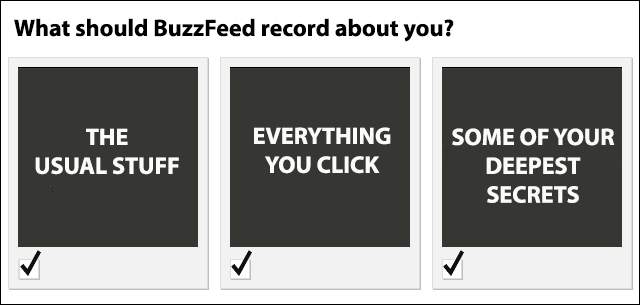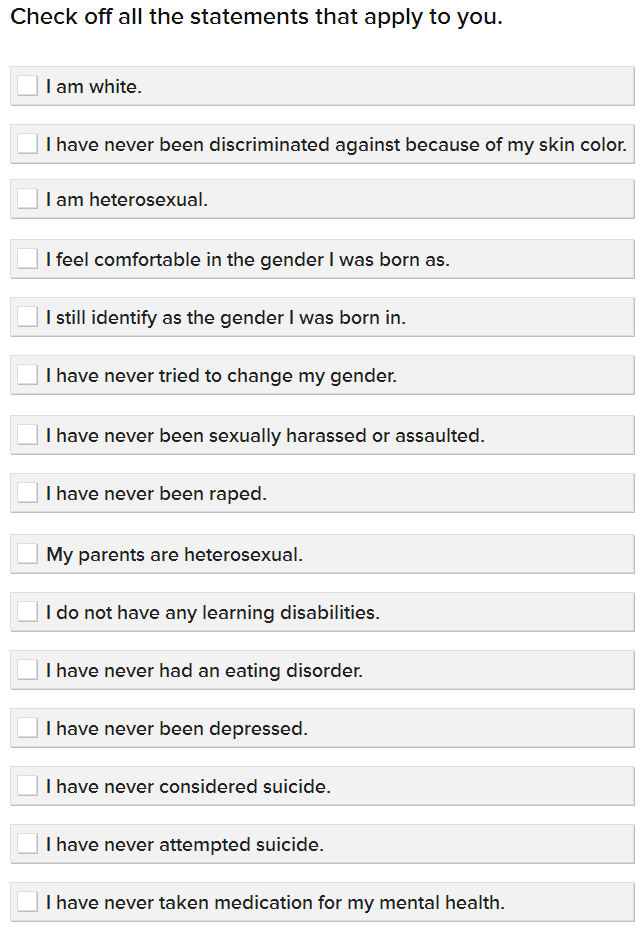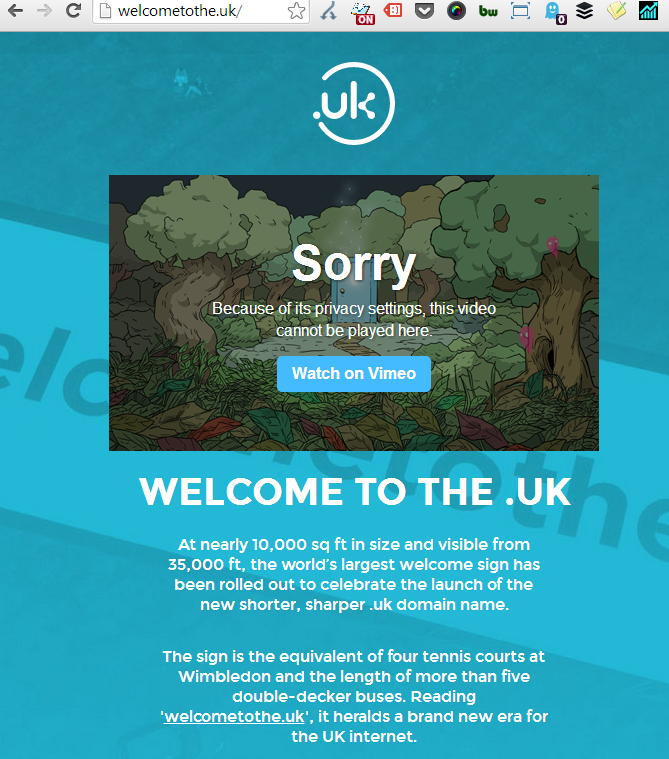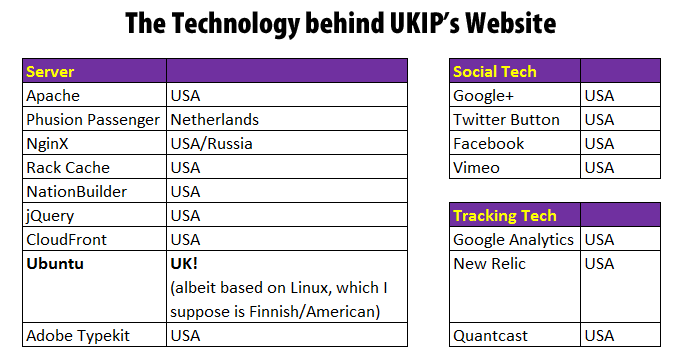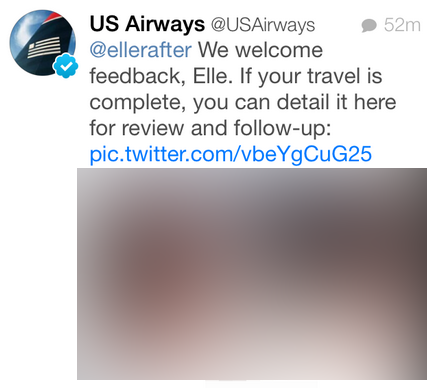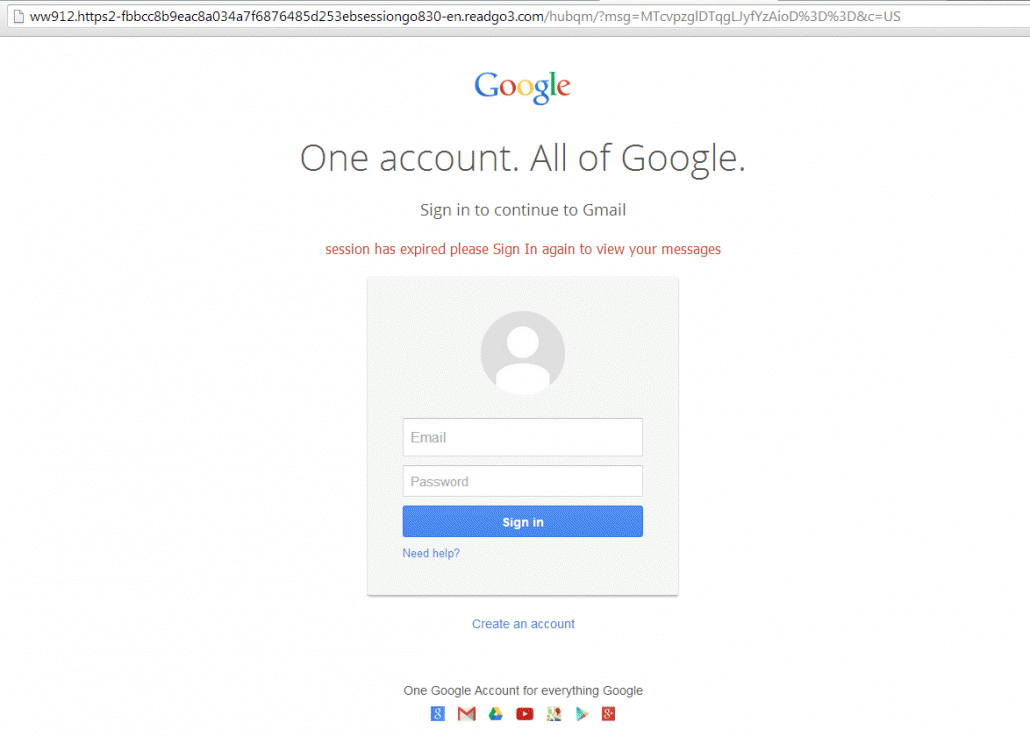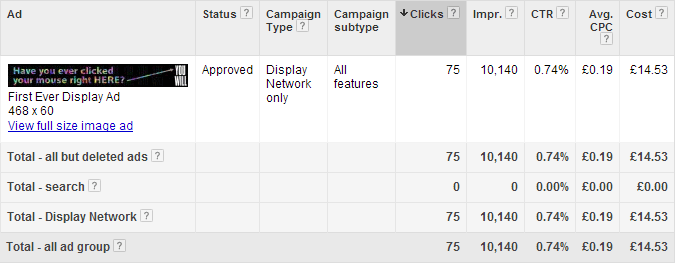Here is an interview with the founder of a company that’s played a fair-sized part in shaping the modern world: Apple. Below you’ll find a 2,000 word interview where he very kindly gives his insights and advice on careers, regret, misconceptions, and the characteristics behind Apple’s success.
Which Apple Founder?
If you asked 1,000 people on the street “Who founded Apple?” most would be able to tell you “Steve Jobs”. Some may say “Steve Jobs… and the other guy” (some may even know Steve Wozniak’s name). And, if you were very lucky, some of the most tech savvy among them may give you the correct answer, as illustrated by a Google search for ‘Apple Founders’:
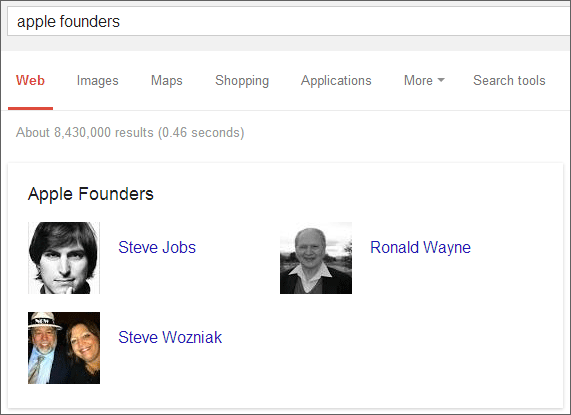
If you Google ‘Ron Wayne’, you’ll find he was born in 1934, he worked at Atari as well as founding Apple, he drew the first Apple logo, wrote their founding partnership document, wrote their first manual, and – at one time – owned 10% of their shares.
You would also find lots of articles focusing on him relinquishing his shares, how he left the company less than 2 weeks after founding it, and dwelling on how much theoretical money he ‘lost’ by doing so. Below are 9 questions with Ron, talking about his life, his single regret about Apple, his feelings on technology & society, prejudice, and how he would like to be remembered in 100 years.
Q1. What are some of the things you’re most proud of in your career?
“This reply will probably disappoint you, but in terms of technical achievements, I fear I’ve accomplished very little. For a start, I wasted early decades of my life (marked by the acquisition of a dozen significant patents) before I came to fully realize that the life of an independent inventor, in the U.S., is a treadmill to oblivion – because this happens to be the only advanced country in the world where it is not a crime infringe on a patent. This means that by acquiring a patent, the independent inventor is telling the corporate world precisely what he’s discovered, and then is given 17 years in which to defend himself in civil court, against such fabulously wealthy opponents as GE, Borg-Warner and Westinghouse. One might just as well chew on razor blades, or do something equally as ridiculous.” [ed: You can read all about these mis-adventures in Ron’s autobiography “Adventures of an Apple Founder“.]
“But to return to the initial question “What are the things I’m most proud of in my career?”, I think I’m most proud of having pursued my own technological passions – and of the fact that without a formal education in either electronics or engineering, I was still able to conclude a half-century career in these fields, as Chief Engineer at a small electronics firm in Salinas, California. But please do not misread me. My lack of formal education was due to the circumstances throughout my developing years, rather than to a philosophical opposition to formal education. I simply happened to develop my career during an era in which such a professional life-style was still possible. Only under the most extreme circumstances could such an approach be possible, under the complex technolgies of today’s world. More then that, its not a course of career development that I’d recommend to anyone.”
Q2. If you had founded a company other than Apple, which would you have liked it be, and why?
“As a point of interest, I actually did found a corporation of my own, in Las Vegas during the early 1970s, focused on the design and development of new electronic gaming machines. During its brief life, I actually succeeded in having equipment of my own design, qualified for street service through the Nevada State Gaming Control Board. But I wasn’t long involved in this effort before I realized that I had no business, being in business. The fact is, I came to realize that I was a helluva lot better as an engineer, than as a businessman. As a result, in less than a year the whole thing came unglued, and I eventually returned to California with $600 in borrowed money. Then over the next 18 months I bought back every share of the corporate stock, and made certain that every creditor was paid off at 100 cents on the dollar. I knew that my “corporate shell” was there so that I wouldn’t have to do that. But my personal need to be able to look in a mirror without cringing, denied me the use of such protection.”
Q3. A lot of your posts on your blog are about politics and social justice. What role do you think technology can or should play in these fields?
“I truly believe that successful corporate enterprises – technological or otherwise – are supposed to be functional entities within a “civilized” society. And if such corporate entities (as the Supreme Court has suggested) truly are “people too”, then they have an equal obligation to behave in a civilized manner, particularly among the ocean of “human” people, within who’s society they are “privileged” to exist. Make profit, by all means – but not in the fashion of organized thuggery – and then consider, at least peripherally, how some nominal portion of that profit might be used to support and enhance the well-being of people within that society, upon whom they ultimately depend, for their own success.”
Q4. You sold Apple’s founding contract for $1.5m, making it one of the most expensive corporate documents in history. What did you do/will you do with the money?
“This question reminds me an anecdote, about two elder gentlemen meeting on a steetcorner, after not having met for some time. One says to the other… “Hello George, I heard you made $50,000 in oil last week?” The other man then replied, through a sarcastic grin… “Well, you’re almost right – except it wasn’t oil, it was coal – it wasn’t last week, it was last month – it wasn’t $50,000, it was $100,000, – and I didn’t make it. I lost it.”
About 20 years ago, while working at Thor Electronics, I came across an ad by a dealer in autographs. I then remembered this “old Apple contract”, which was then collecting dust in my filing cabinet, and which carried the signatures of Jobs, Woz and myself. After a brief discussion, I sold the contract to the gentleman – for $500. That was the same contract which, about a year ago, went at auction for 1.3 millions. In this event alone, you see the story of my life – and out of my entire “Apple” experience, this is truly the only incident that I honestly regret.
There is this, however. After a brief meeting in my apartment, between Mr. Jobs, Mr. Wozniak and myself, it was decided that the three of us would found the Apple Computer Company. At that point, I immediately sat down to my typewriter and typed out three copies of that now-famous contract. This means that even though my actual compensation was quite trivial, I can honestly say that in that moment I actually created an artifact which eventually sold at auction for more than a million dollars. In some sort of convoluted way, I suppose that’s some kind of accomplishment.”
Q5. Many of the articles written about you focus on a false ‘with hindsight’ idea that you have missed out on billions. Has the decision, or have these articles ever caused you to feel regret? Do you have any tips for overcoming regret?
“It’s easily said that “I never had any regrets over that decision.”. But I can effective prove the truth of that statement. Aside from the fact that I had several well-founded reasons for not continuing with the Apple enterprise, during the several years that followed, on at least three occasions, Jobs offered me a position with Apple, and on each occassion, I graciously declined. In large part that decision was based on my “engineering style”. I was in my late 40s by that time, and had evolved into an approach to product-development which would involve me in very stage of a product’s creation – from concept development, to prototyping, to documentation, to production planning, and even to the development of production work-station design. It was this “soup-to-nuts” approach to engineering (admittedly a 19th century engineering philosophy), which led me to always ply my skills with small companies, where I could wear six hats. It was a philosophy that eventually laid the foundation for my 16-year stint at Thor Electronics. During that 16 years, I was the Chief Engineer because I was their only engineer. And I was also the Chief Draftsman for the same reason. That kind of engineering style could never have worked at Apple, or any other massive enterprise, for that matter.
How should one deal with regret? Simple. By locking your patterns of thinking into “reason” rather than “emotion”. For example, if I had later decided that my choice to separate from Apple had been a bad idea (which I hadn’t) the rational question must immediately pop up. “Why should I squander my phsychological energy, and my potentially productive tomorrows, making myself sick over the “yesterdays”, about which I can do absolutely nothing?”
In short, if one makes mistakes – learn from them. Don’t grieve over them. Yet I’ll also add, that if someone can actually smarten-up from their mistakes – I should by now be the wisest man in the world.”
Q6. Having seen Apple’s early days from both the in & outside, how much of the company’s eventual success do you put down to each of the 4: Luck, Hard Work, Talent, Personality.
“This is simple. Start with hard work – but also with the realization that in pursuit of ones own passions (as with Steve Wozniak), “hard work”, is just another word for “fun”. I’ve always told people, “Find a job that gives you so much pleasure that you’d be willing to do it for nothing, and you’ll never work a day in your life!”
Talent and personality is also unquestionably a benefit, but one that’s heavily outweighed by the others – passion, and in too many instances, luck.
When it comes to “luck”, an almost totally overlooked element, at the outset of Apple, which profoundly influenced the ultimate success of the enterprise, was the linkage between Jobs and Wozniak, the their finder, Mr. Art Rock. I don’t know if that linkage was by luck, or by cleverness on the part of Mr. Jobs. But without it, the success of Apple would have been strongly impeded. It had always been my experience that whenever an “investor” came in to support a creative mind, “money” always wanted control. But Mr. Rock was far wiser than that, so that when he linked Jobs and Wozniak to the millions needed to start the enterprise, he (Rock) made certain that the “boys” jointly retained the critical 51%. It was this key decision which guaranteed that creative genius would dominate the corporation’s future, and it’s inevitable success.”
Q7. You’ve said that Steve Jobs was the first person at Atari to whom you ‘came out’ as being gay. Do you think that would no longer be an issue today? If not, how do you think progress could be achieved to a point where sexuality and/or gender are no longer issues that trouble people?
“It is a tragic reality of the human condition that prejudice too often trumps reason. I think that the likely reason for this is that its easier to make one’s self feel superior, if others (who happen to be different) can be labelled inferior. And easier still, if one can link to others, of prejudiced thinking, to then use each other as sounding boards. The net result of this reality, is that humen social progress tends to flow like cement. I’ve presented substantial comments on this, and similar issues, in my opus magnum, “Insolence of Office“.
Q8. Do you have any big pieces of advice for someone looking to pursue a career in a ‘digital’ field, or mid-way through that career?
“When I was attending the School of Industrials Arts, in New York City, in the 1950s, I majored in Architecture and Industrial design, under the instruction of Dr. Mueller – a gentleman who held his doctorate in Architecture. My most powerful memory from that course, was when he defined architecture as “Enclosing Space for Human Living”. What struck me so deeply about this comment, was the “universality” of it. By that I mean, that the core of this expression is simply that “What ever you are creating – be it a design, a product or a painting, if you wish it be successful, never forget that you are creating it for the benefit or the use of people.” If the creator of anything forgets this simple truth, no matter how stylish the result, that effort will tempt failure.”
Q9. In 100 years, if you were to be remembered, how would you want people to think of you?
“I’d like to be remembered simply as “Someone who tried.” By the usual standards of the world, it could hardly be said that I was a “success”, by almost any measure of the term. In the final analysis, I’ve certainly never been rich – but then, I’ve never been hungry either. I’d like be thought of as someone who’d given total vent to his own creative passions, and in the process, explored the wonderful world of technology at my own pace, and under my own guidance. At 79, I can look back on a thoroughly eventful life – a life in which I’ve had a helluva good time.”
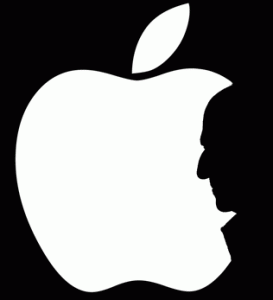
Thanks
Thanks for reading, and thanks very much to Ron Wayne for sharing his experience. Do read his books:
And do visit Ron’s website: http://www.ronaldgwayne.com
